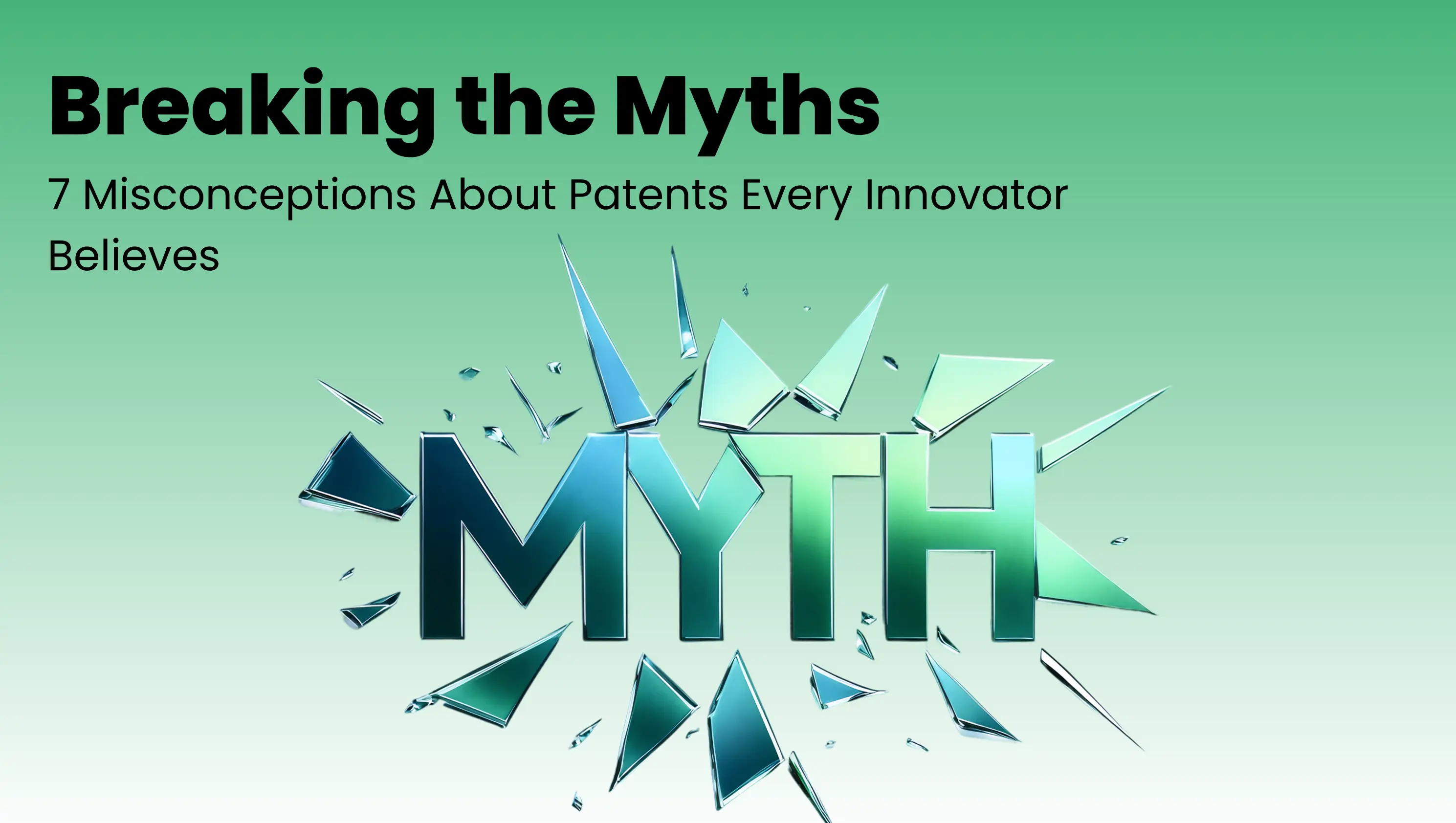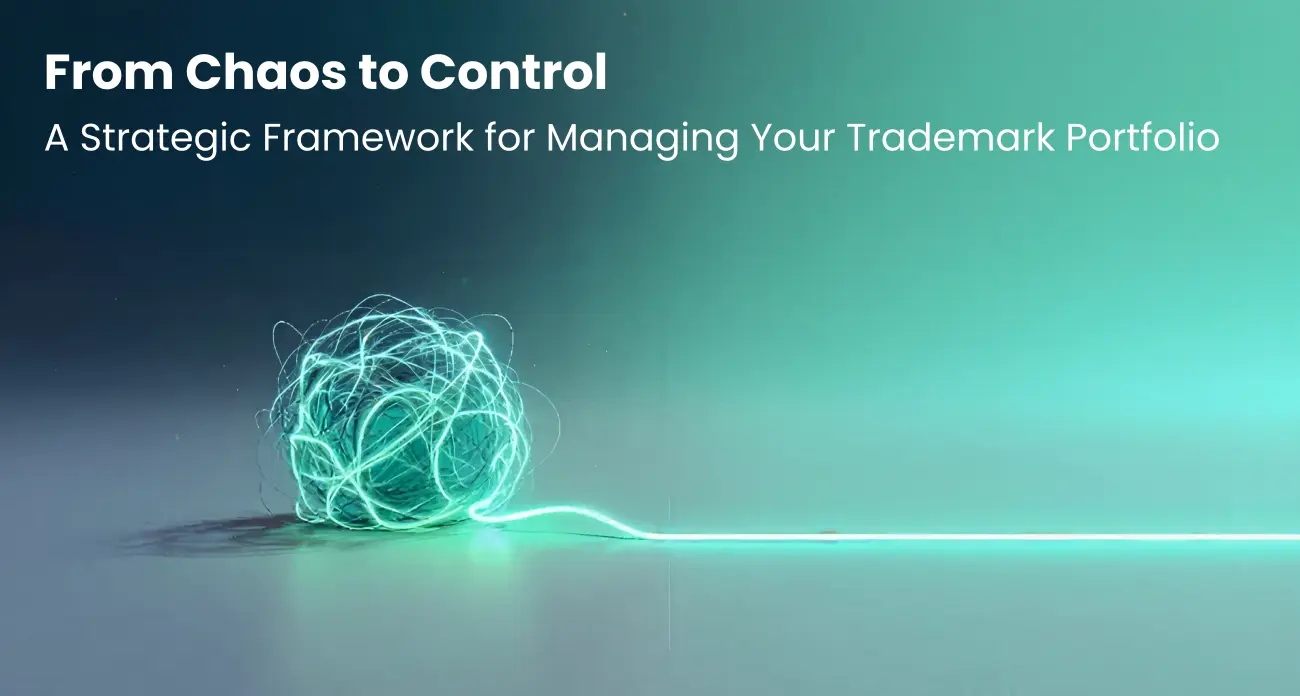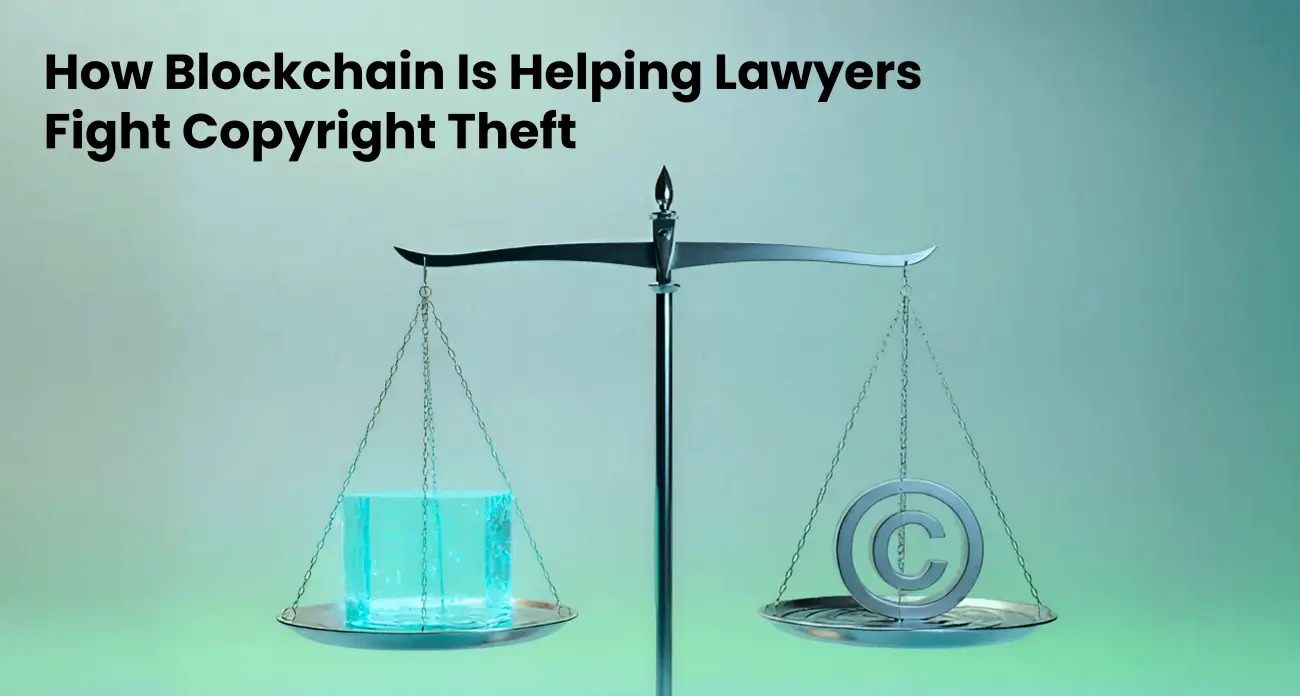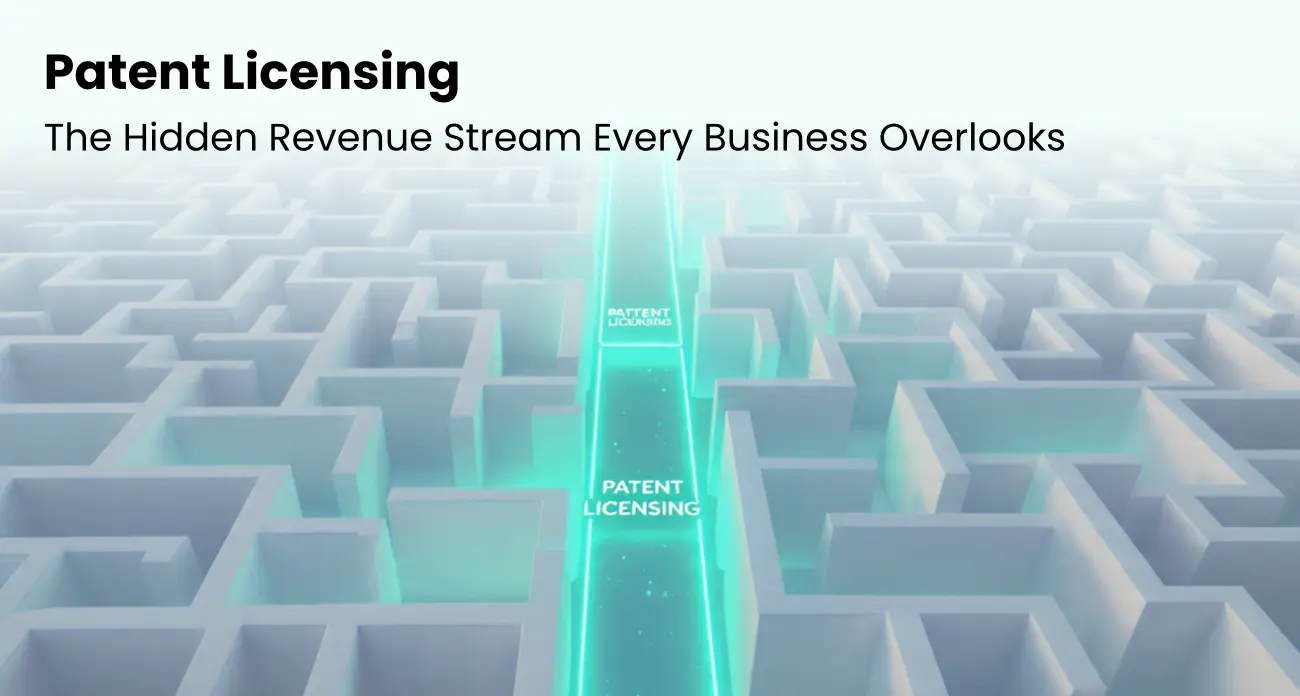
ENOVO on 18 Sep, 2025
Breaking the Myths: 7 Misconceptions About Patents Every Innovator Believes
For many innovators, patents feel like a maze - complicated, expensive, and surrounded by misconceptions. These patent myths often discourage startups and inventors from protecting their innovations. Unfortunately, such myths create barriers that delay or even prevent businesses from safeguarding their intellectual property.
In this article, we will debunk seven common patent misconceptions, explain how patents work, clarify the patent application process, and highlight the facts about patent protection every entrepreneur must know. Whether you’re an inventor, a startup founder, or simply curious about intellectual property, this guide will help you separate fact from fiction.
Myth 1: A Patent Protects My Idea Globally
One of the most common patent misconceptions is that once you obtain a patent, your invention is protected worldwide.
The Truth
Patents are territorial rights. This means a patent granted in India protects your invention only in India, while a patent in the U.S. protects it only in the U.S. To achieve broader protection, innovators must file applications in multiple countries, often through treaties like the Patent Cooperation Treaty (PCT).
Patent protection facts: There is no such thing as a global patent. Each jurisdiction has its own patent office and rules.
Myth 2: Once I File a Patent, My Invention Is Safe Forever
Many innovators believe patents provide lifetime protection.
The Truth
In reality, most patents are valid for 20 years from the filing date. After this period, the invention enters the public domain, allowing anyone to use it without permission. Additionally, annual renewal or maintenance fees must be paid to keep a patent active.
Patent law misconception clarified: Patents provide temporary exclusivity, not perpetual ownership.
Myth 3: Patents Are Only for Big Companies with Deep Pockets
Startups often fall into the trap of thinking patents are out of reach due to cost.
The Truth
While patent filing can be costly, several options exist for startups and small businesses. Many governments offer fee reductions or special programs for new enterprises. In India, for instance, startups recognized under DPIIT can claim up to 80% rebate on patent filing fees.
Patent misconceptions for startups: Patents are not just for corporate giants. In fact, they can be a startup’s most valuable asset for attracting investors and securing competitive advantage.
Myth 4: If I Publish My Idea, I Can Still Patent It Anytime
A widespread misunderstanding among inventors is that they can disclose their idea publicly and still secure a patent later.
The Truth
Patent law generally requires novelty, meaning the invention must not be publicly disclosed before filing. In some jurisdictions like the U.S., there’s a grace period of 12 months. But in many countries, once disclosed, the invention is no longer patentable.
Patent filing myths debunked: Always file before you disclose. Public presentations, blogs, or pitches can destroy your chances of securing protection.
Myth 5: Patents Guarantee Commercial Success
Some inventors assume that simply having a patent ensures profitability.
The Truth
A patent only gives you the legal right to exclude others from making, using, or selling your invention. It does not guarantee business success. To capitalize on it, you need a solid commercialization strategy, such as licensing, manufacturing, or forming partnerships.
Patent myths for inventors: A patent is a shield, not a sales strategy. Success requires business execution.
Myth 6: Patents Are Too Complicated for Innovators to Understand
Many innovators shy away from patents, thinking the process is overly technical and best left only to lawyers.
The Truth
While the patent application process is detailed, innovators can and should understand the basics:
- Prior Art Search – Checking existing patents.
- Drafting Claims – Defining the scope of protection.
- Filing – Submitting to the national patent office.
- Examination – Patent office reviews novelty and usefulness.
- Grant & Maintenance – Patent approved, subject to renewals.
How patents work explained: With professional guidance, inventors can easily navigate the process. Knowledge empowers better decisions and prevents costly mistakes.
Myth 7: A Patent Prevents Others from Copying My Idea
Perhaps the biggest IP misconception is that a patent automatically stops infringement.
The Truth
A patent does not prevent infringement, it only gives you the legal right to take action against infringers. This usually involves litigation or settlement. Enforcement depends on the inventor’s ability to monitor the market and act when necessary.
Intellectual property myths clarified: A patent is a legal weapon, but it’s up to the owner to wield it.
The Bigger Picture: Beyond Patent Myths
Understanding these misconceptions about patents is essential not only for legal protection but also for shaping business strategies. Let’s summarize the key takeaways:
- Patents are territorial – no global patent.
- Patents expire – usually after 20 years.
- Startups can benefit – affordable filing schemes exist.
- File before disclosure – novelty is critical.
- Business success needs more than patents – execution matters.
- The process is learnable – innovators should engage actively.
- Enforcement is proactive – owners must protect their rights.
Why Debunking Patent Myths Matters for Innovators
For startups and inventors, believing in patent myths can lead to serious mistakes such as losing protection, wasting money, or missing opportunities. By separating facts from fiction, innovators can:
- Safeguard IP early and avoid preventable errors.
- Attract investors who value patent-backed businesses.
- Leverage patents strategically in licensing and partnerships.
- Stay competitive in a fast-paced innovation economy.
Conclusion
Patents are powerful tools, but they are often misunderstood. By exposing these seven myths about patents, innovators can make smarter decisions, avoid costly mistakes, and unlock the full value of their intellectual property.
Remember: patents protect, but they don’t guarantee success. True innovation combines creativity, legal protection, and smart commercialization.
If you’re a startup or an inventor, the best strategy is to understand how patents work, consult experienced professionals such as Enovo, and stay proactive in managing your IP. With the right knowledge, you won’t just debunk the myths—you’ll transform your ideas into lasting assets.
FAQs:
What are the most common patent misconceptions?
The common misconceptions include:
- That patents work worldwide.
- That patents last forever.
- That patents are only for big companies.
- That public disclosure does not affect patentability.
How does the patent application process work?
It involves filing with a patent office, undergoing examination, and maintaining the granted patent with renewal fees.
Are patents really worth it for startups?
Yes. Patents not only protect innovation but also increase startup valuation, attract funding, and strengthen market position.
Do patents stop infringement automatically?
No. Patents give the right to sue or take action against infringers but do not stop copying by themselves.











